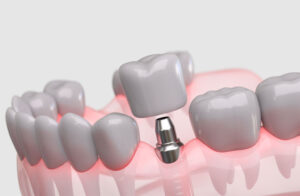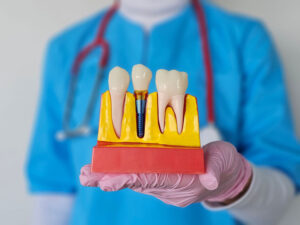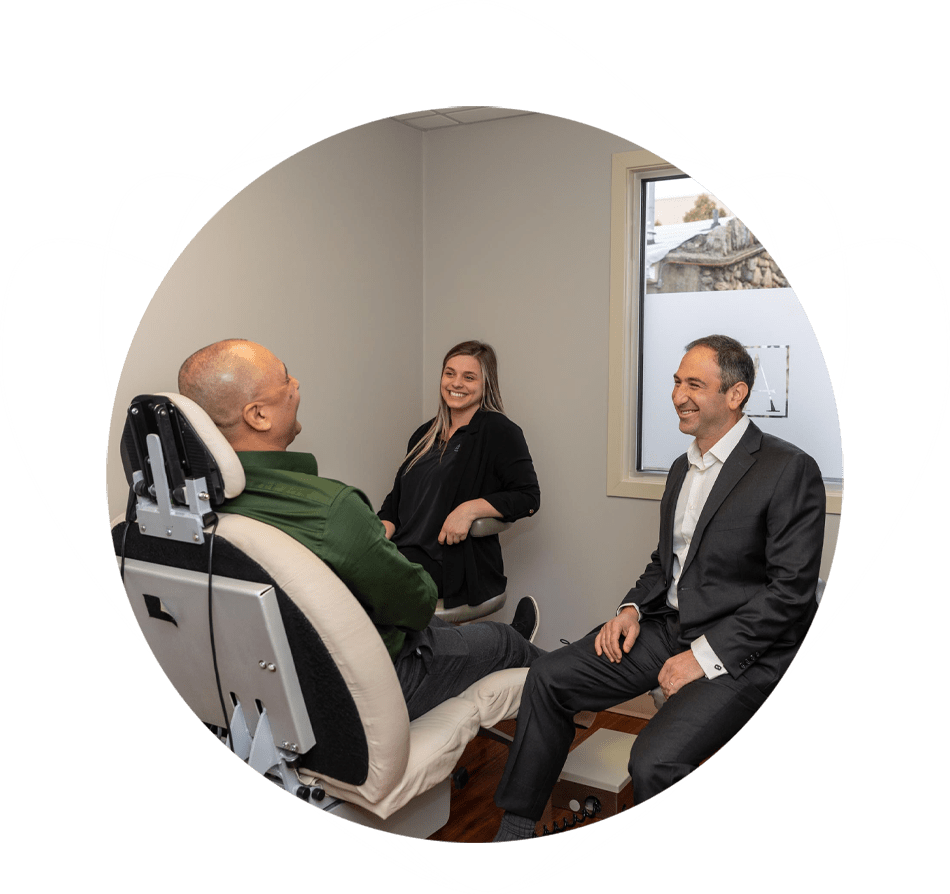You’ve probably seen them everywhere. Whitening gum at the impulse buy section of the grocery store, whitening strips near the pharmacy, and even whitening toothpaste next to your favorite brand of toothbrush. Have you ever stopped to wonder, however, about the differences between these products and professional whitening? How do teeth become stained in the first place, and how does professional whitening correct this issue?
If you’ve ever looked in the mirror feeling embarrassed about the shade of your teeth, but were too afraid to asked these questions, this guide is for you.
How Do Stains Happen in the First Place?
Generally speaking, there are two types of stains: intrinsic, and extrinsic. Intrinsic stains are the least common form of staining, and occur inside a tooth in the layer known as dentin. These stains are usually caused by advanced age or genetics, tooth trauma, and even certain kinds of medication, like the antibiotic, tetracycline. If the type of stains you are experiencing are intrinsic, then whitening of any kind is far less effective, and you should consider other options, such as porcelain veneers.
Most of the time, however, the stains patients experience are extrinsic. These stains occur on the outside of teeth, in the layer known as enamel. Enamel isn’t flat like many assume. In fact, it has natural ridges and divots. When we eat or drink food high in staining agents, such as coffee, tea, red wine, or any food containing food coloring, these staining agents can become lodged in our enamel over time.
What Is Professional Whitening?
Professional whitening is one of the most common cosmetic dental procedures out there, and one of the safest. The way it works is fairly simple. Because stains are caused by a collection of staining agents that have gathered on your enamel, professional whitening utilizes a very powerful substance such as peroxide, to break down these staining agents and make your teeth up to eight shades whiter in just under an hour. Done in three treatments, first the solution is applied to your teeth, and then a light catalyst is added for about fifteen minutes. After this has been completed three times, you’re done.
Do Non-professional Treatments Work?
Many non-professional teeth whitening treatments work in much the same way as professional teeth whitening, with one major difference — the strength of the whitening solution. Dental hygienists or dentists are trained to handle highly-concentrated solutions safely, guaranteeing that as many staining agents are removed from your teeth as possible.
If you’ve been considering teeth whitening for awhile, this is your chance to schedule an appointment. During your consultation, you and your dentist can review your oral history, talk over your cosmetic goals, and determine if professional whitening is right for you. It will also give your dentist a chance to assess the overall health of your mouth, as well as screening you for oral cancer.
To learn more about your professional teeth whitening options in Mohegan Lake, New York, please call (914) 526-2144 or contact Advanced Dentistry of Mohegan Lake today to schedule an initial consultation with a cosmetic dentist.
